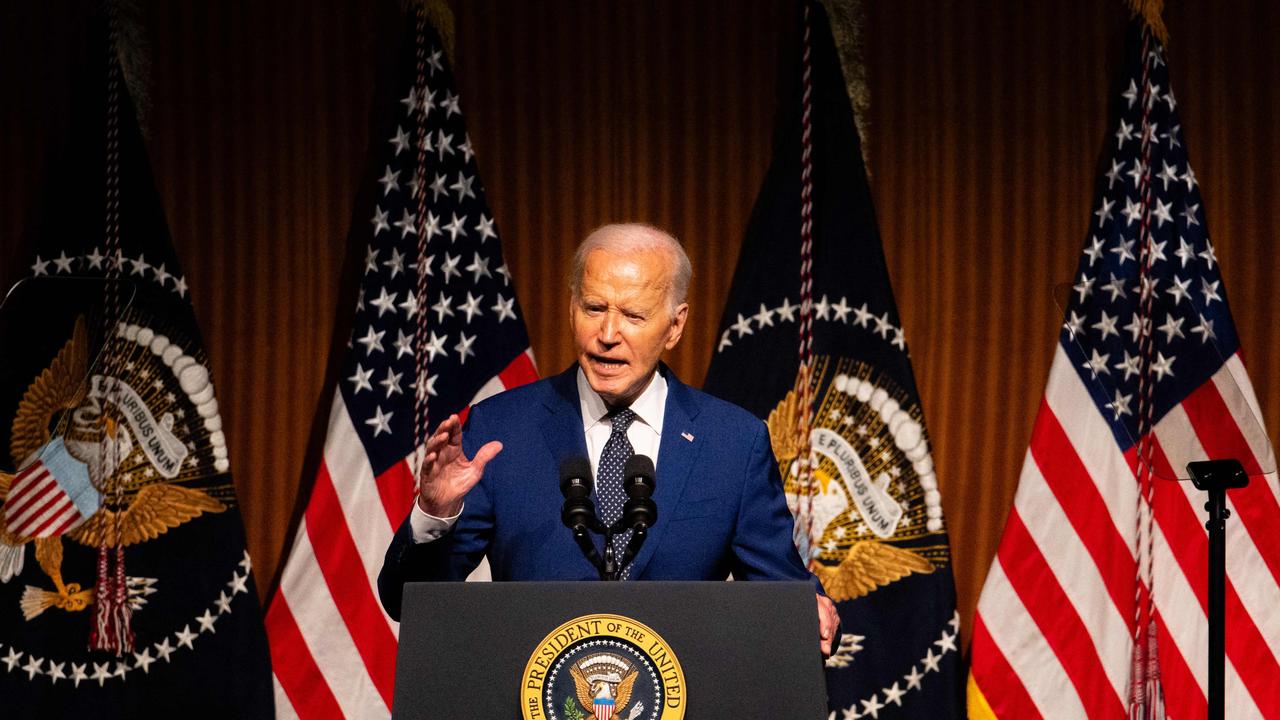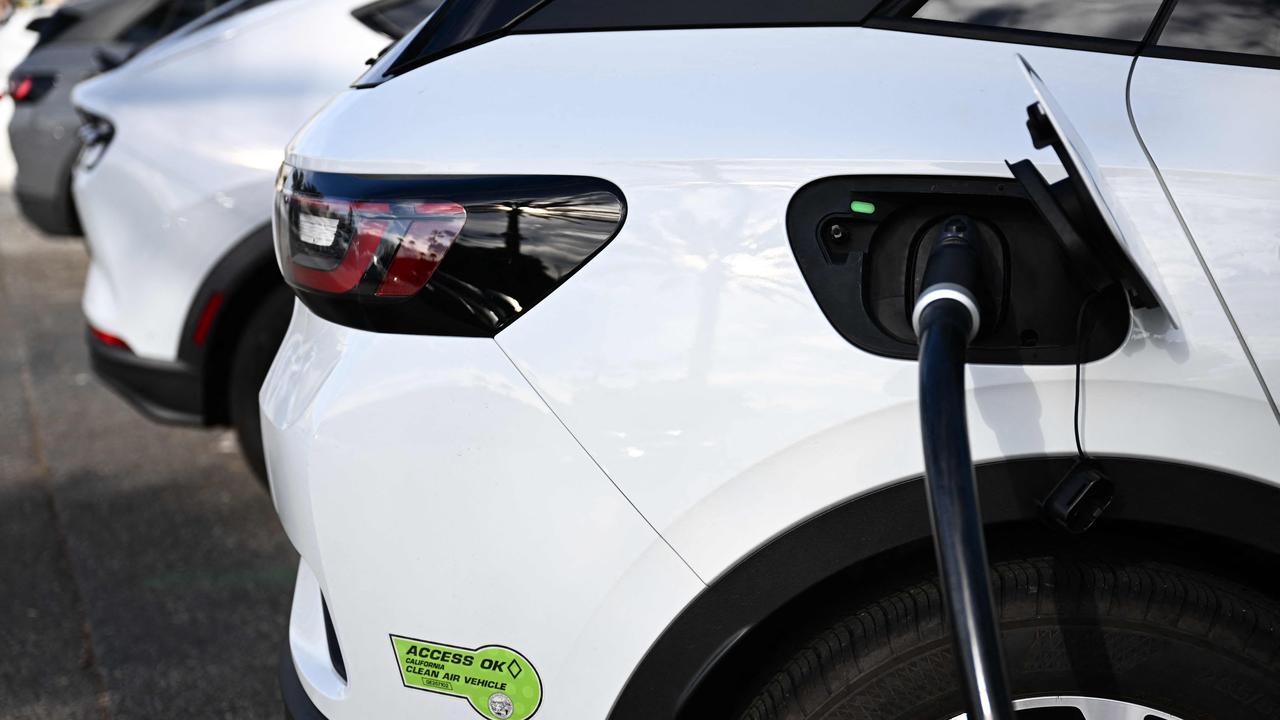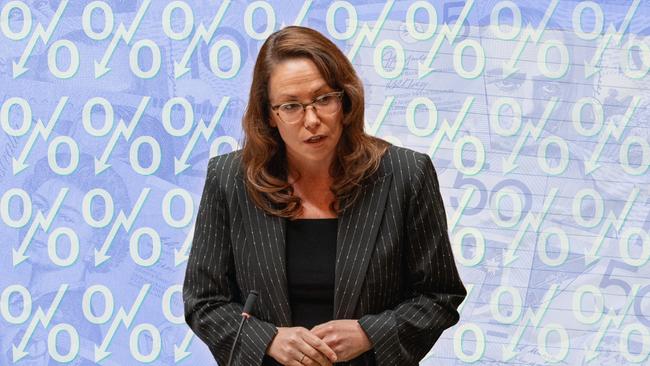
Maybe if, or when, a Liberal premier ever comes to power on Spring Street, he should “do a Jack Lang” and refuse to pay back some of Victoria’s burgeoning public debt.
That might sound crazy but it takes two to tango.
Labor’s destructive borrowing binge, much of it brought about by insane Covid-19 policies and building vast and dubiously beneficial infrastructure for “trains to nowhere”, was made possible by institutional lenders, local and foreign, who were happy to shovel billions of dollars to the renegade state.
And why wouldn’t they? Victoria’s AA credit rating from S & P hasn’t changed since 2020, when its net debt was lower than $40bn.
The interest rates Victoria has been borrowing at throughout its spending bender have hugged those of the federal government the entire time.
Despite being the most indebted sub-national jurisdiction across 17 developed nations, according to S & P, Victoria can still borrow for 10 years at less than 5 per cent, and only 0.8 percentage points more than Canberra can.
Victoria is becoming the Greece of Oceania and, like Greece, which a decade ago came close to default, was allowed to borrow at very low rates despite its obviously out-of-control behaviour.
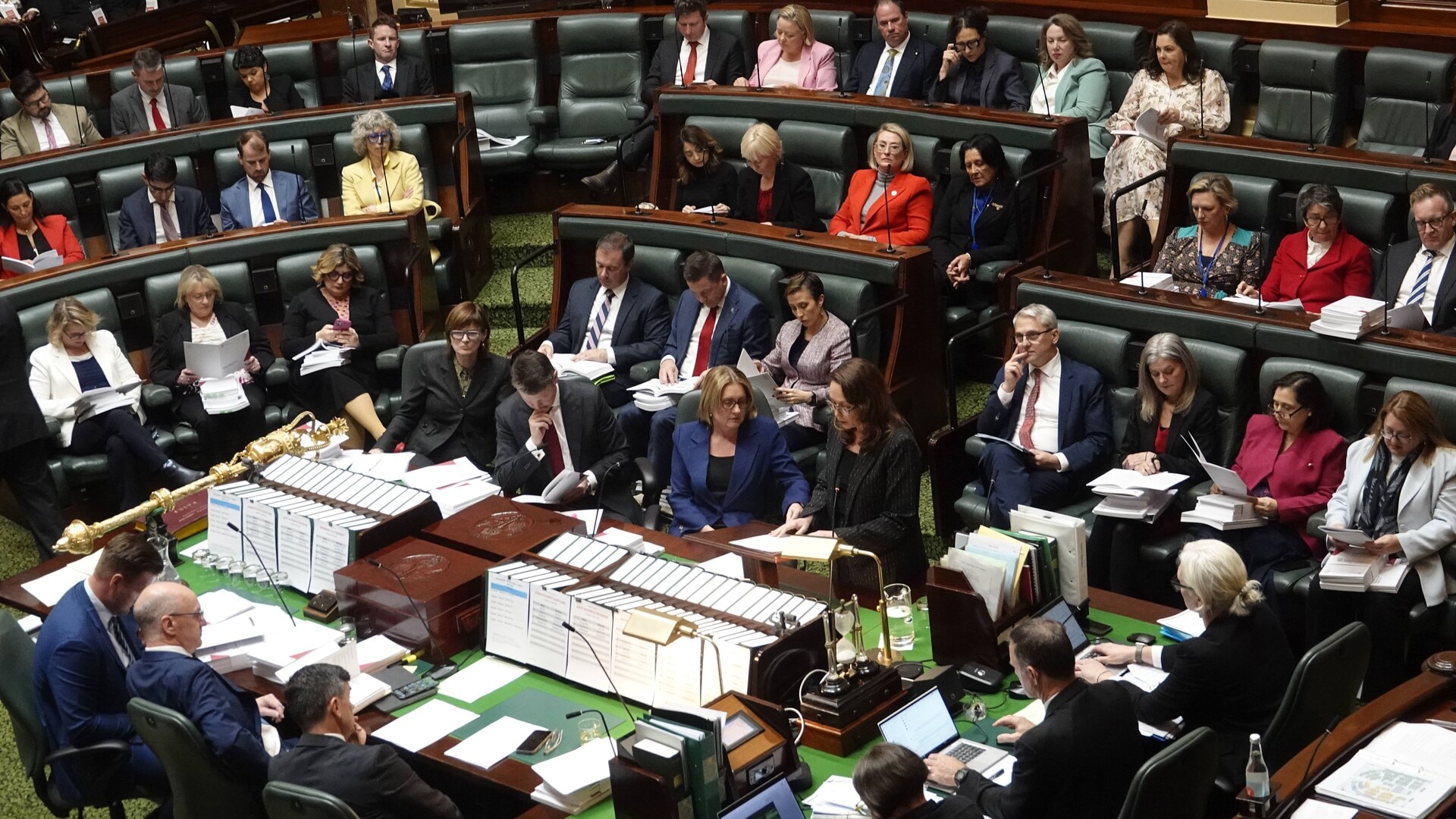
The free market hasn’t provided much discipline because there hasn’t been one. Lenders know full well that the commonwealth government in Australia would ultimately be responsible for Victoria’s debt, just as the European Union was in Europe.
Bank regulations ascribe a “zero risk weight” to state government debt too, meaning banks that loan to states don’t have to maintain a cent of capital against any state bonds they hold.
Victoria is a safer investment, apparently, than a homebuyer with 90 per cent deposit.
It can be fun to mock Victoria’s fiscal plight elsewhere, but all of us are ultimately on the hook.
Everyone knows the federal government, which isn’t technically obliged to intrude, would never let a state default. Victorian voters appear to know too, given they have not, apparently, given two hoots about the debt.
The left-wing apparatchiks that still run Australia’s second-biggest state know their behaviour has been generously subsidised by all Australians.
Victoria’s borrowing binge has been vertiginous. Net debt has exploded from $23bn in June 2019, to $155bn this year, and is on track for $194bn by 2029, according to the latest budget papers.
Annual interest expenses have jumped from $2.2bn in 2020, to $7.6bn this year, a much more modest jump given the ultra-low interest rates prevailing during the Covid period.
The Treasury has pencilled in $10.6bn a year by 2029, which would soak up almost a quarter of the state’s taxation revenue by then, but what if interest rates unexpectedly rise, or the property market crashes for whatever reasons, crushing the state’s stamp duty-dependent income? Servicing Labor’s crushing debt could become very difficult, especially if the debt projections prove optimistic, which looks likely.
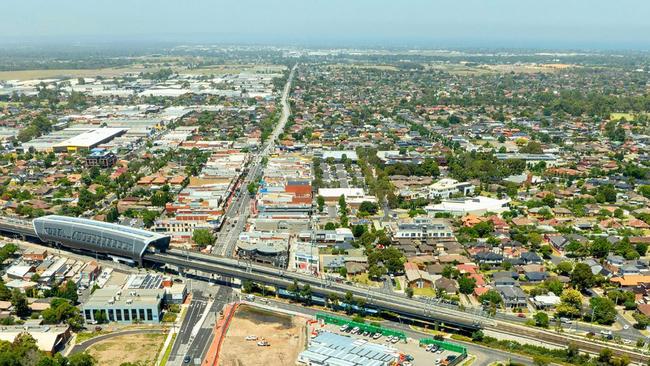
Labor clearly isn’t serious about changing its ways, and a state election next year is unlikely to induce fiscal rectitude.
The public sector wage bill has been rising at 7 per cent a year since 2015.
Following this week’s budget Treasurer Jaclyn Symes has laughably suggested she might trim the public sector headcount, which grew 20 per cent (around four times population growth) over the four years to 2024 to 325,000, by 1200 jobs.
The Allan government appears determined to press ahead with what will end up as one of the great white elephants of infrastructure history – the $200bn-plus Suburban Rail Loop, which will eventually connect Melbourne’s sparsely populated outer suburbs with heavy-duty trains.
At least the CFMEU workforce will be kept in highly paid work for decades. Indeed, The Age recently pointed out that holding a stop-go sign attracts the same salary as a school principal.
Just as Lang found out in the 1930s, no Victorian premier would be allowed to default, even if she or he tried.
But shouldn’t lenders have exerted some discipline on Victoria? Lending to an out-of-control state government shouldn’t be entirely risk-free.
Until it was disbanded in the 1990s, the commonwealth co-ordinated state borrowings through a Loan Council.
Victoria suggests that might be worth reconsidering, lest other states seek to copy Victorian Labor’s electorally winning formula in coming years.
Even though Victoria’s creditors will get their money back, Victorians could still be in for some pain.
Republican president Gerald Ford famously told New York City, teetering on bankruptcy in the 1970s, to “drop dead”, before ultimately green-lighting a bailout.
In the meantime, the city slashed public sector pay, stopped subway and garbage collection services, and sold real estate.
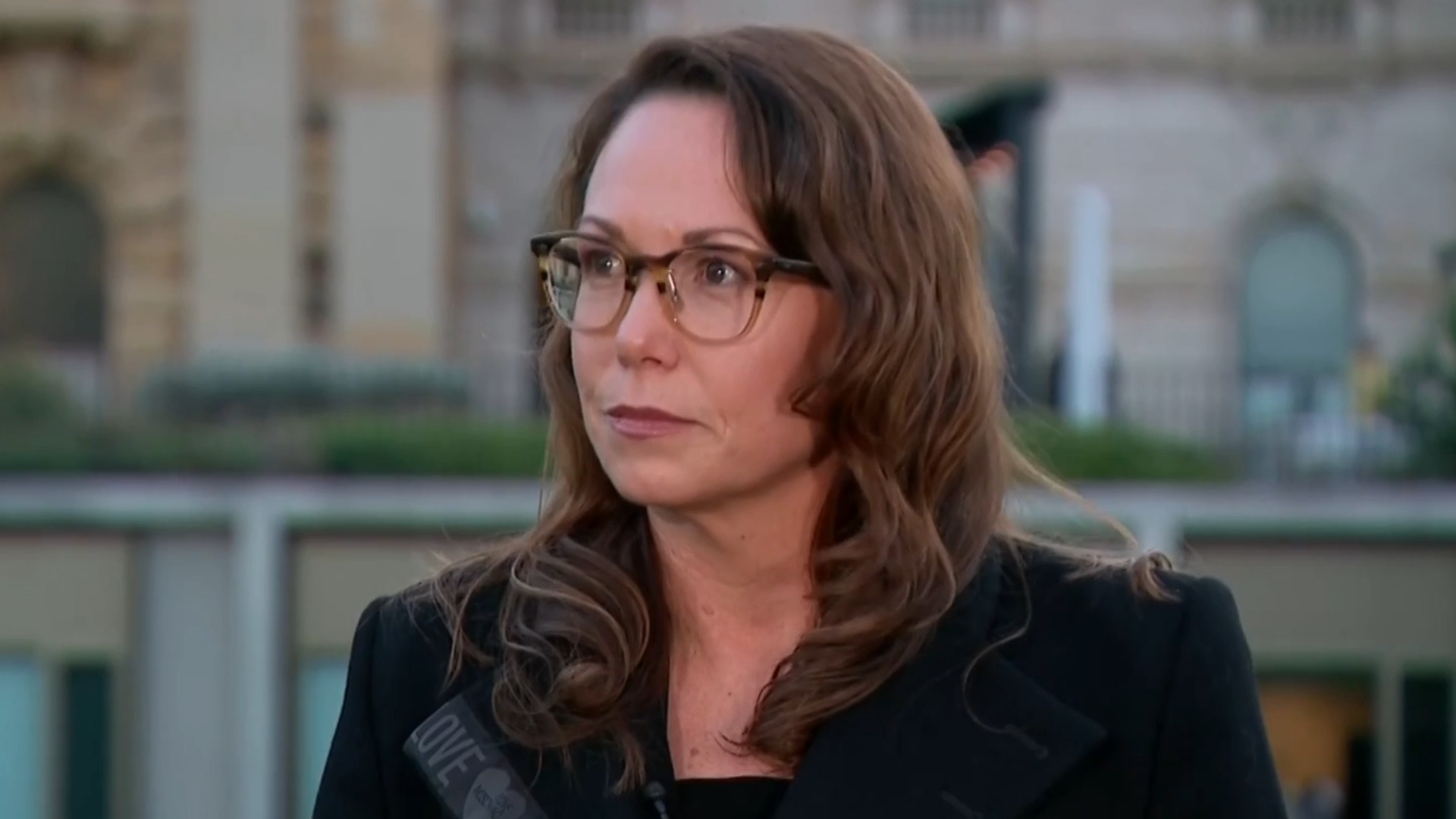
Victoria doesn’t have many businesses left to sell after previous privatisation rounds, although the MCG would surely go for a song (perhaps not the Suburban Rail Loop).
We should pity the next Coalition premier of Victoria, who won’t be able to initiate much-needed tax relief without pushing debt still higher.
Perhaps defaults will become fashionable again. In earlier centuries advanced nations did it hundreds of times, including France, Spain and Germany, as economists Carmen Reinhart and Kenneth Rogoff lay out in their magnum opus, This Time Is Different: Eight Centuries of Financial Folly.
Japan’s long-term bond rate surged to a 25-year high this week, as the once-powerhouse nation’s world-beating debt burden took its toll on investor confidence.
Days ago, even the US, the backbone of the global financial system, lost its AAA credit rating from Moody’s.
Most advanced and developing nations have taken on massive debts in recent decades, despite slowing population growth that makes them harder to service in the long term.
Interestingly, both the US and Victoria are incurring interest costs equivalent to about 10 per cent of their revenues. The US can still borrow more cheaply than Victoria though. Perhaps market discipline isn’t entirely dead!
Adam Creighton is the chief economist at the Institute of Public Affairs.


